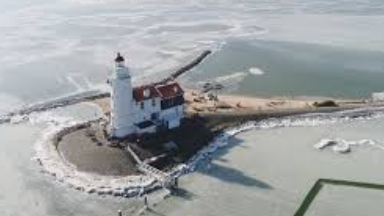

Long before the massive port infrastructure emerged, this coastal region was a silent witness to centuries of maritime trade. The Bay of Bengal has been a crucial maritime corridor, with ancient kingdoms like the Kalinga Empire establishing robust trading networks that stretched from Southeast Asia to the Middle East. Dhamra's strategic location made it a potential maritime hub, a fact that modern infrastructure has now transformed from potential to reality.
Dhamra Port represents more than an industrial project. It's a testament to Odisha's evolving economic landscape. The port, developed by Adani Ports, has transformed the region's economic potential while maintaining a delicate balance with the surrounding ecological system.
The nearby Bhitarkanika National Park provides a crucial counterpoint to industrial development, showcasing how modern infrastructure can coexist with rich biodiversity. The mangrove forests act as natural barriers, protecting coastal ecosystems and providing habitat for numerous species.
Travelers are encouraged to respect the delicate ecological balance. The region isn't just a tourist destination but a living ecosystem with complex interdependencies between industrial development, marine life, and local communities.
Dhamra Port symbolizes Odisha's transformation. It represents a bridge between traditional maritime heritage and contemporary economic ambitions. For travelers, it offers a unique lens to understand how industrial development can coexist with ecological preservation.
The port isn't just about steel and infrastructure; it's about human stories, maritime traditions, and the continuous evolution of a coastal region that has witnessed centuries of change.
Dhamra invites curious travelers to explore beyond typical tourist narratives, offering a nuanced understanding of Odisha's maritime legacy and its promising future.